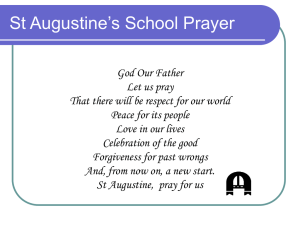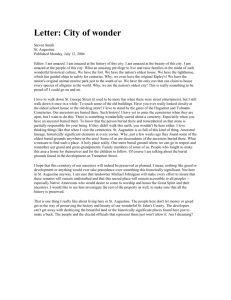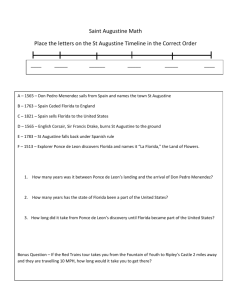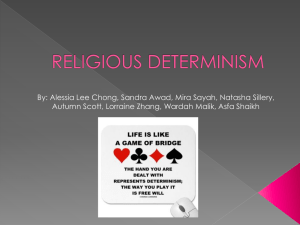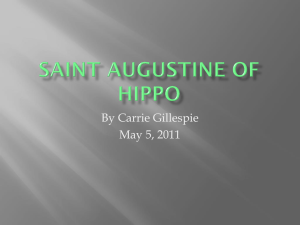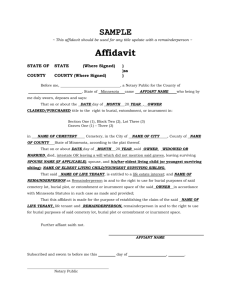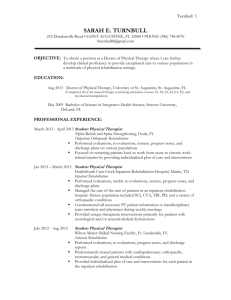New deal in burial dispute. - RealEstate, Johnigean Enterprises
advertisement
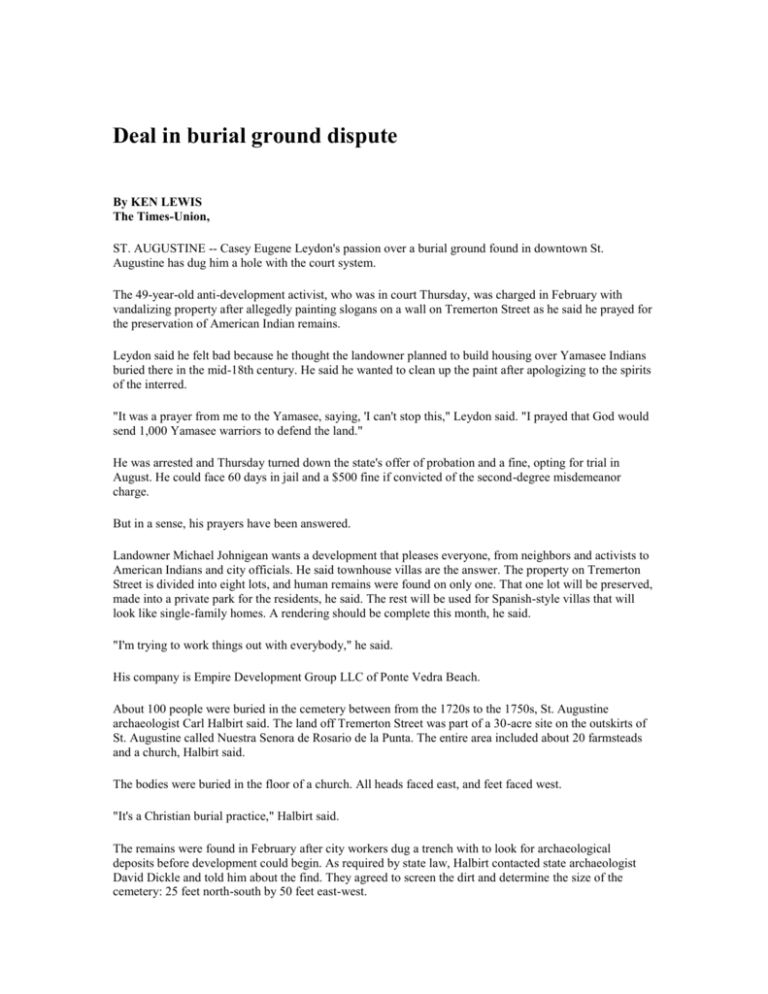
Deal in burial ground dispute By KEN LEWIS The Times-Union, ST. AUGUSTINE -- Casey Eugene Leydon's passion over a burial ground found in downtown St. Augustine has dug him a hole with the court system. The 49-year-old anti-development activist, who was in court Thursday, was charged in February with vandalizing property after allegedly painting slogans on a wall on Tremerton Street as he said he prayed for the preservation of American Indian remains. Leydon said he felt bad because he thought the landowner planned to build housing over Yamasee Indians buried there in the mid-18th century. He said he wanted to clean up the paint after apologizing to the spirits of the interred. "It was a prayer from me to the Yamasee, saying, 'I can't stop this," Leydon said. "I prayed that God would send 1,000 Yamasee warriors to defend the land." He was arrested and Thursday turned down the state's offer of probation and a fine, opting for trial in August. He could face 60 days in jail and a $500 fine if convicted of the second-degree misdemeanor charge. But in a sense, his prayers have been answered. Landowner Michael Johnigean wants a development that pleases everyone, from neighbors and activists to American Indians and city officials. He said townhouse villas are the answer. The property on Tremerton Street is divided into eight lots, and human remains were found on only one. That one lot will be preserved, made into a private park for the residents, he said. The rest will be used for Spanish-style villas that will look like single-family homes. A rendering should be complete this month, he said. "I'm trying to work things out with everybody," he said. His company is Empire Development Group LLC of Ponte Vedra Beach. About 100 people were buried in the cemetery between from the 1720s to the 1750s, St. Augustine archaeologist Carl Halbirt said. The land off Tremerton Street was part of a 30-acre site on the outskirts of St. Augustine called Nuestra Senora de Rosario de la Punta. The entire area included about 20 farmsteads and a church, Halbirt said. The bodies were buried in the floor of a church. All heads faced east, and feet faced west. "It's a Christian burial practice," Halbirt said. The remains were found in February after city workers dug a trench with to look for archaeological deposits before development could begin. As required by state law, Halbirt contacted state archaeologist David Dickle and told him about the find. They agreed to screen the dirt and determine the size of the cemetery: 25 feet north-south by 50 feet east-west. "This is a major cemetery," Dickle said. People complained when some bones were shipped to the C.A. Pound Human Identification Laboratory at the University of Florida. Bobby C. Billie, spiritual leader of the Independent Traditional Seminole Nation of Florida, urged officials to respect the remains. His friend Shannon Larsen, who has worked with Billie in litigation against developers, said she never heard of Leydon, but vandalism would be like desecration. "This is something no authentic indigenous person would ever do," Larsen said. One shipment of bones was examined in the lab in February. A second is still there and should come back soon, Halbirt said. A lab graduate student, David Hines, found teeth shaped like shovels, which indicated American Indian heritage. He also found pieces of other bones. "Right now, we've just got them on our counter," Hines said. "We've got them in plastic bags to guard against accidental fragmentation." The most important discovery was the presence of people other than Yamasee Indians in the remains, Halbirt said. This indicates marriage between American Indians, Europeans and Africans in the outskirts of colonial downtown, he said. "St. Augustine I like to think of as the nation's first melting pot," he said. The bones will be returned to the burial site then left alone. The city's archaeological digging is done, said Mark Knight, St. Augustine director of Planning and Building. The maximum number of villas the city will allow is 13, he said. The city would allow six lots with two-unit villas and one lot with a single unit, he said. Leydon, despite apparent misgivings some may have about him, appears to join in hopefulness over the prospects of preservation. "What greater grief the loss of one's country," his painted phrases read. "Oppression can only survive in silence." According to his attorney, Henry Swann III, he didn't intend to commit a crime. ken.lewisjacksonville.com, (904) 819-3546
